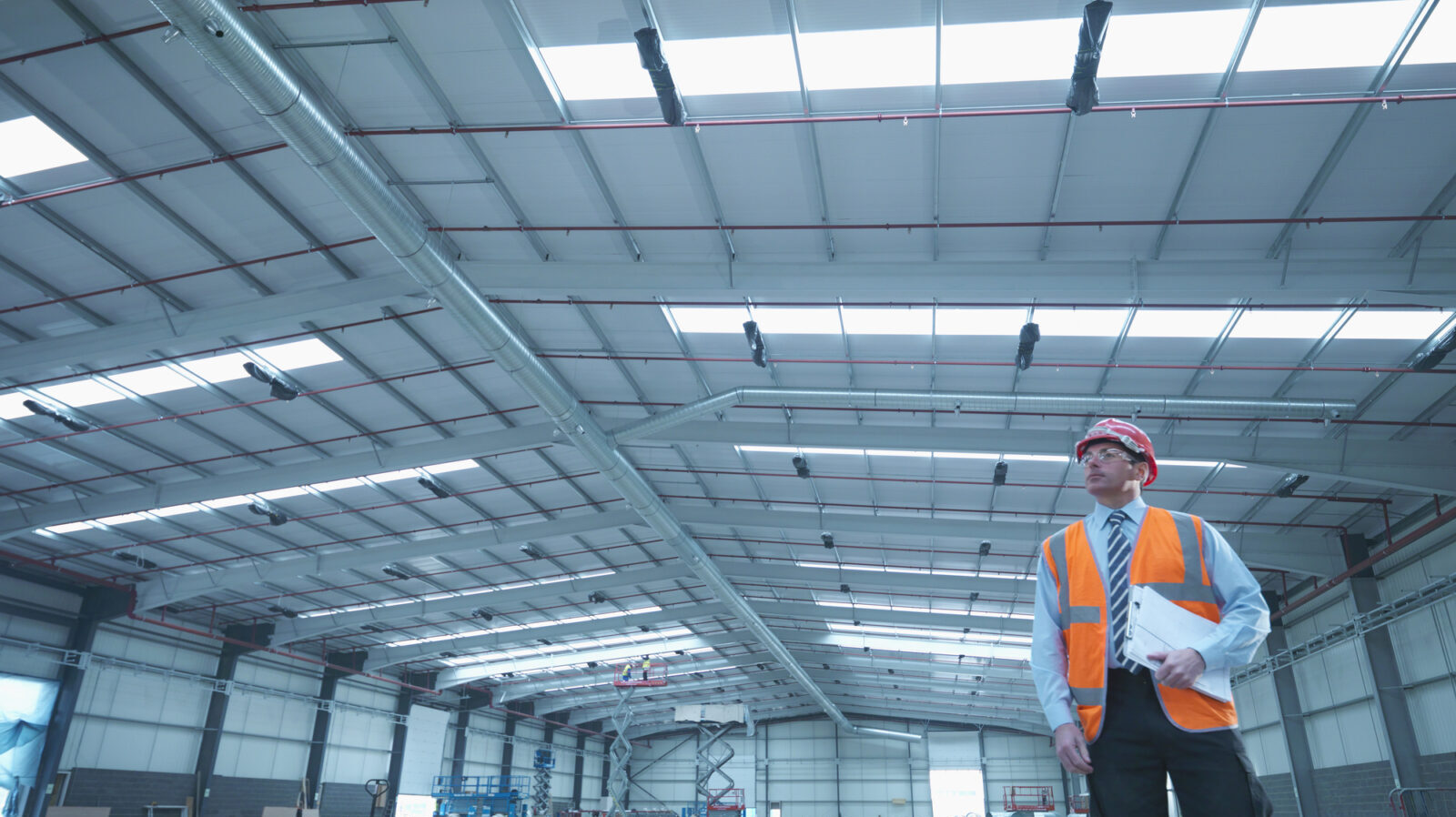How Manufacturers Find Workforces for New Sites

When a manufacturer is thinking about pouring millions or billions of dollars into a new facility, its leaders have a million or billion questions to go with it. Atlas Insight, the NAM’s partner for its Incentives Locator, helps manufacturers answer the biggest question—where?—with a combination of on-the-ground research, data gathering, relationship-building and more.
We talked to Atlas’ managing partners, Brian Corde and Kathy Mussio, who offered us a peek into this crucial process. Here’s what they had to say.
The “number-one factor”: While manufacturers typically prioritize access to raw materials and customers when choosing new sites, over the past 10 years the “number-one factor” for manufacturers has been talent, said Corde. How do you evaluate a workforce for jobs that don’t yet exist?
- First, Atlas looks for locations that already have companies in the same sector as its client, which is an indication of a local pool of talent.
- It then combs through a huge amount of data, including metrics like employment concentration (how likely are you to find a specific job function in that area?), local demographics (is the population expanding or contracting?) and much more.
Decoding the data: Let’s say an area had 500 people working in nonwoven textiles in 2018, Corde posited, but only 250 today; does that mean a new company in that sector won’t find the talent it needs?
- Not necessarily, he told us. While it could mean that workers with those skills have moved out of town, it may also indicate that an existing factory closed, forcing employees to find other lines of work. If a new textile facility opens, they might decide to return to their old industry.
- How does Atlas figure out if those workers might come back? One strategy is to have researchers scour the resumes posted on internet job boards—the more local job seekers who list textile experience, the more likely a new facility will find a skilled and eager workforce.
Drawing on local relationships: Just as important to the data crunching are Atlas’ ties to the local economies, Corde and Mussio said. Atlas has relationships with economic developers all over the country, giving it unparalleled insight into what’s happening in those communities.
- Ten years ago, Mussio said, these organizations might not have needed to find workers for new companies, but today they are in the workforce business—and some are even offering incentives to attract more residents to their communities.
Workforce training: Manufacturers also take a keen interest in local training programs when choosing sites and have many options for partnering with them, Corde said.
- In some cases, a company pays for colleges and tech schools to train their workers, in a simple cash deal. But other states, like Virginia, South Carolina and Georgia, will fund the training on a “preemployment basis” and allow prospective employers to observe the class before recruiting any of its students. That way, employers can observe soft skills before they even begin the hiring process.
Searching for sustainability: While their workforces might be top of mind, companies also prioritize sustainability when selecting their new sites. Some may look for natural gas, some nuclear, some solar—the configuration will be different for every manufacturer and every location, Corde and Mussio said.
- One large company was looking for a new location where it could build an enormous field of solar panels to support its operations. Atlas informed the company that some local governments might be reluctant to give them so much land, which could otherwise host another business.
- These types of considerations may not occur to a company, which is why Atlas stands ready to explain local concerns to manufacturers, as well as vice versa.
- In the end, the manufacturer did indeed get its solar field.
Take the plunge: If you are looking for expert guidance in your next site search, check out the NAM Incentives Locator. NAM members will receive a complimentary initial assessment call with an expert and a preferred rate on any services contracted—not to mention the benefit of the exhaustive and proprietary database that Atlas has created to assist with manufacturing projects.
Stay tuned . . . for part two, in which we discuss how Atlas helps companies get significant funding from local, state and federal incentives for their projects.
